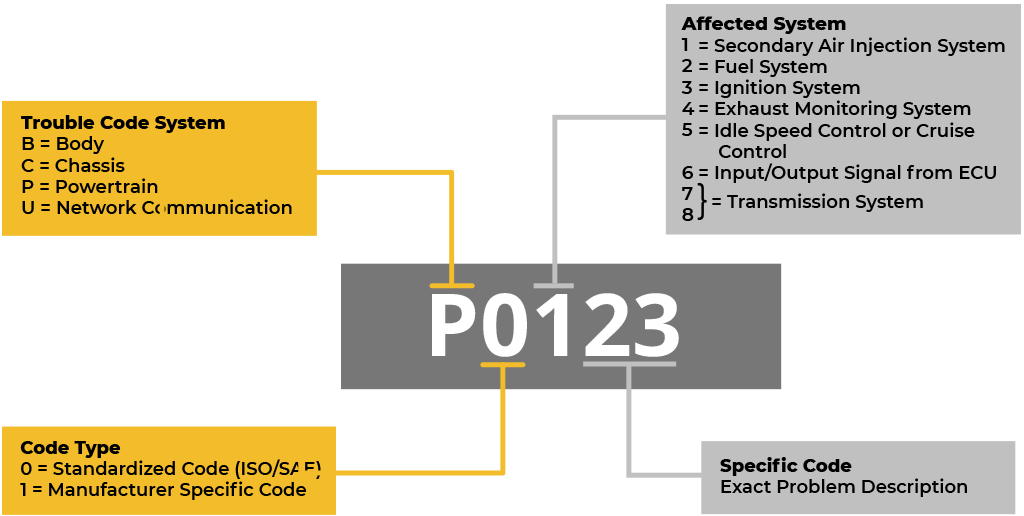
Understanding Subaru OBD-II Trouble Codes P3100
Introduction
Modern vehicles are equipped with onboard diagnostic systems that monitor various components and systems to ensure optimal performance. The OBD-II (On-Board Diagnostic) system is a standardized system used in most vehicles manufactured after 1996. Subaru, a popular car manufacturer, also utilizes the OBD-II system in its vehicles.
What is an OBD-II Trouble Code?
An OBD-II trouble code is a unique code that is generated by the vehicle’s onboard computer system to indicate a specific problem or malfunction. These codes are designed to help technicians and vehicle owners diagnose and repair issues efficiently.
Understanding the Subaru P3100 Code
The Subaru P3100 code is one of the many trouble codes that can be generated by the OBD-II system. This code specifically relates to the Engine Control Module (ECM) and indicates a problem with the engine coolant temperature sensor circuit. The ECM uses the coolant temperature sensor to monitor the engine’s temperature and make necessary adjustments to the fuel mixture for optimal performance.
When the ECM detects an issue with the coolant temperature sensor circuit, it triggers the P3100 code and illuminates the Check Engine Light on the vehicle’s dashboard. This code indicates that there may be a problem with the sensor itself, the wiring, or the connectors associated with the circuit.
Possible Causes of the P3100 Code
There are several potential causes for the P3100 code in Subaru vehicles. These include:
- Faulty engine coolant temperature sensor
- Open or short circuit in the wiring harness
- Loose or corroded connectors
- Issues with the ECM
Diagnosing and Resolving the P3100 Code
Diagnosing the exact cause of the P3100 code requires the use of an OBD-II scanner. This diagnostic tool connects to the vehicle’s onboard computer system and retrieves the trouble codes stored in its memory. Once the code is retrieved, further troubleshooting can be done to pinpoint the exact cause of the issue.
If you are experiencing the P3100 code in your Subaru, it is recommended to take the following steps:
- Inspect the wiring and connectors associated with the coolant temperature sensor circuit. Look for any signs of damage, corrosion, or loose connections. Repair or replace any faulty components as necessary.
- If the wiring and connectors appear to be in good condition, test the engine coolant temperature sensor using a multimeter. Compare the readings to the manufacturer’s specifications. Replace the sensor if it is found to be faulty.
- If the sensor and circuit are functioning properly, it may be necessary to inspect the ECM for any potential issues. This should be done by a qualified technician with the appropriate diagnostic equipment.
Once the necessary repairs have been made, the OBD-II scanner can be used to clear the trouble codes from the vehicle’s memory. If the issue has been successfully resolved, the Check Engine Light should no longer be illuminated.
Conclusion
Understanding Subaru OBD-II trouble codes, such as the P3100 code, can help vehicle owners diagnose and resolve issues with their vehicles more effectively. By utilizing an OBD-II scanner and following the appropriate diagnostic steps, it is possible to identify the cause of the trouble code and take the necessary actions to rectify the problem.
If you are unsure about how to diagnose or resolve the P3100 code in your Subaru, it is recommended to seek assistance from a qualified technician who has the knowledge and experience to handle such issues.




